Why Does Everywhere Look the Same?
The death of local architecture
Which city is featured in the photo above? Which country is it in?
Unless you’re already familiar with this specific skyline, odds are you can’t tell which city this is, even though it’s one of the largest cities of a major European nation.
This is because across the world, modern urban centers look increasingly homogenous — but this wasn’t always the case. Just 200 years ago, you could have easily told whether a house was British, French, American, or Mexican. They all had unique shape, materials, and character, and they felt like they were from somewhere.
The city above, however, could easily be mistaken for being part of London, Chicago, or even modern Milan. It’s actually a shot of Frankfurt — but nothing about it indicates its Teutonic origins.
But what if buildings were instead rooted in local traditions, and shaped by the needs, culture, and climate of a particular region?
That’s exactly the philosophy behind “vernacular architecture”…
Reminder: you can support our mission and get tons of members-only content for a few dollars per month:
Full-length articles every Wednesday and Saturday
Members-only podcasts and exclusive interviews
The entire archive of great literature, art, and philosophy breakdowns
What Makes Great Architecture?
There are some buildings that you never tire of seeing. The grand palaces and cathedrals of Europe often fit into this category, and there is much they share in common with one another.
These are buildings that are aesthetically harmonious, designed by trained artists and built by skilled craftsmen. They exude not just beauty but a philosophy as well, whether it be religious or moral in nature. By most standards and considerations, they are rightfully considered high art.
But of course, not all architecture can be made by super-skilled artists. For most of human history, buildings were designed by everyday people guided only by the wisdom of their own culture and the natural resources around them. Yet with those, local builders created what’s known as vernacular architecture.
Vernacular architecture is unique in that it employs local and natural materials. It doesn’t adhere to strict academic or technical styles. It isn’t designed by a single architect, but rather uses accumulated communal knowledge to shape its form and function. As such, it naturally expresses its unique environmental and historical context.
Historically, vernacular architecture is what comprised the homes, churches, and gathering places of ordinary citizens. And even though it was never designed to dazzle or show off a particular artist’s skill, it’s often just as compelling…
Spotting Vernacular Architecture
You can’t mistake an English cottage for a house in the Chilean countryside.
But what makes each piece of vernacular architecture unique? How can you tell where it’s from, and how do buildings tell the story of their origin?
Here are just a few examples of vernacular architecture, and a brief look at what makes them unique:
Norway: Stave Churches
The Viking Age (c.700s-1000s) left northern Europe dotted with palisade-supported wooden homes. When Christianity took hold of Scandinavia, new buildings began to arise: Christian churches with a Viking flavor.
Called stave churches, these buildings used the stone and wood available to Norse builders. Over generations, builders found clever methods to protect wooden pillars from rotting in damp climates (like sill beams and stone foundations), which subtly altered the churches’ appearance over time.
Stave churches have a distinct appearance, with pillared wooden interiors (think Théoden’s hall from The Lord of the Rings adaptations) and doors carved with intricate knots and swirls. But what makes them truly unique?
In short, they’re a fusion of two seemingly opposite styles: the grand Romanesque basilicas of the Mediterranean and humble Norse palisade homes. This design tells a dramatic story — the Christian conquest of the Norse world.
When missionaries carried Christianity north, they brought memories of Constantinople’s cathedrals with them. Converted Vikings embraced Christianity, but imprinted it with their own cultural details. This gave rise to new saints, missionaries, and traditions, all with their own distinctively Norse character.
Aspects of Christian church architecture were thus added to Norse designs. The resulting stave churches are incredible examples of the collision — yet successful fusion — of two radically different cultures.
Germany: Fachwerk Houses
When you picture the Germany of fairy-tales, you might call to mind images of tall black-and-white townhouses made of plaster and wooden beams. If so, then you’re thinking of fachwerk, or half-timbered houses.
The oldest fachwerk structures come from the 14th century, the High Middle Ages. During this time, German architects learned how to construct a wooden skeleton from timber frames. They then added filler of whatever material they had — mostly clay and sand.
But since you could dig clay from just about any riverbed, the design was unpopular with nobles. As a result, white plaster was added over the clay to disguise the cheap material, thus giving fachwerk its distinctive plaster-and-wood appearance.
The timber framing made fachwerk houses surprisingly stable. This allowed builders to stack up more storeys than ever before, leading to the high-rising, close-packed townhomes that line cobblestone German streets. Fachwerk could even bear the weight of turrets and spires, and so these rose from homes and castles, giving a fairytale aura to the architecture of the time.
But of course, this fairy-tale age didn’t last. The Industrial Revolution reached Germany in the early 19th century, and brought with it easy access to stone, metal, and other materials that supplanted humble wood and clay. Industrialization also came hand-in-hand with new social movements, which in turn gave rise to new architecture.
Eventually, the architectural style inherent to the Gründerzeit era took fachwerk’s place. Its imposing, formal aesthetic reflected Otto von Bismarck’s push to establish Germany as a modern nation. To this day, Gründerzeit architecture defines the character of many German city centers, while fachwerk remains a symbol of a more traditional and idyllic past.
More Examples:
Multi-story mud houses built by the Asiri in Saudi Arabia (which regulate heat excellently in a challenging climate):
Blackhouses in Scotland (using sheets of bog peat as roofing material):
Chinese fortified earth buildings, or Fujian Tulou — clay, earth, bamboo, and stone, and using sticky rice and brown sugar in the construction mix as an adhesive:
Why Does the Vernacular Matter?
“Classical” architecture — that is, buildings designed with a sophisticated understanding of mathematics and visual harmony — is a touchstone of advanced culture. Vernacular architecture, however, has a different kind of value: a form of cultural memory.
Traditional societies create myths, songs, and stories to encapsulate their worldview and pass their collective wisdom on to future generations. While classical architecture projects these values on a grand scale, vernacular architecture communicates them in the small, day-to-day moments and ordinary settings.
Contrast this with the colossal skyscrapers now cloning their way across the world, or the prefab homes that look identical whether you’re in the chilly, sea-soaked Northeast or the desert-covered Southwest. Instead of being viewed as repositories of cultural memory, buildings get reduced to things to be merely used.
Le Corbusier, a leader of the brutalist movement, said a home is merely “a machine for living in.” But if a building is just something to be used, who cares if it is beautiful or unique? It is this line of thinking which has caused irrevocable damage to urban centers across the world.
Vernacular architecture, on the other hand, tells a story — the story of where a culture comes from, what it believes, and what its people have been through. It reveals that function and beauty don’t have to be enemies, and that there’s value in the collective wisdom of past generations.
Even better, vernacular architecture can be done by anyone, anywhere — it’s the antidote to depressing modern buildings, and it’s well within reach.
Thank you for reading!
Remember, you can support us and get members-only content every weekend — great literature, art, and philosophy breakdowns.
Paid readers can access our *entire* archive of premium articles right here.
In the last year, we’ve written about everything from Dante’s Divine Comedy, to the history of the Eternal City of Rome, to the coded messages in Leonardo da Vinci’s art…
This Saturday, we’re diving into the worldview of the medievals — why did they create so much architecture of transcendent beauty? Because they had an entirely different understanding of reality from our own…



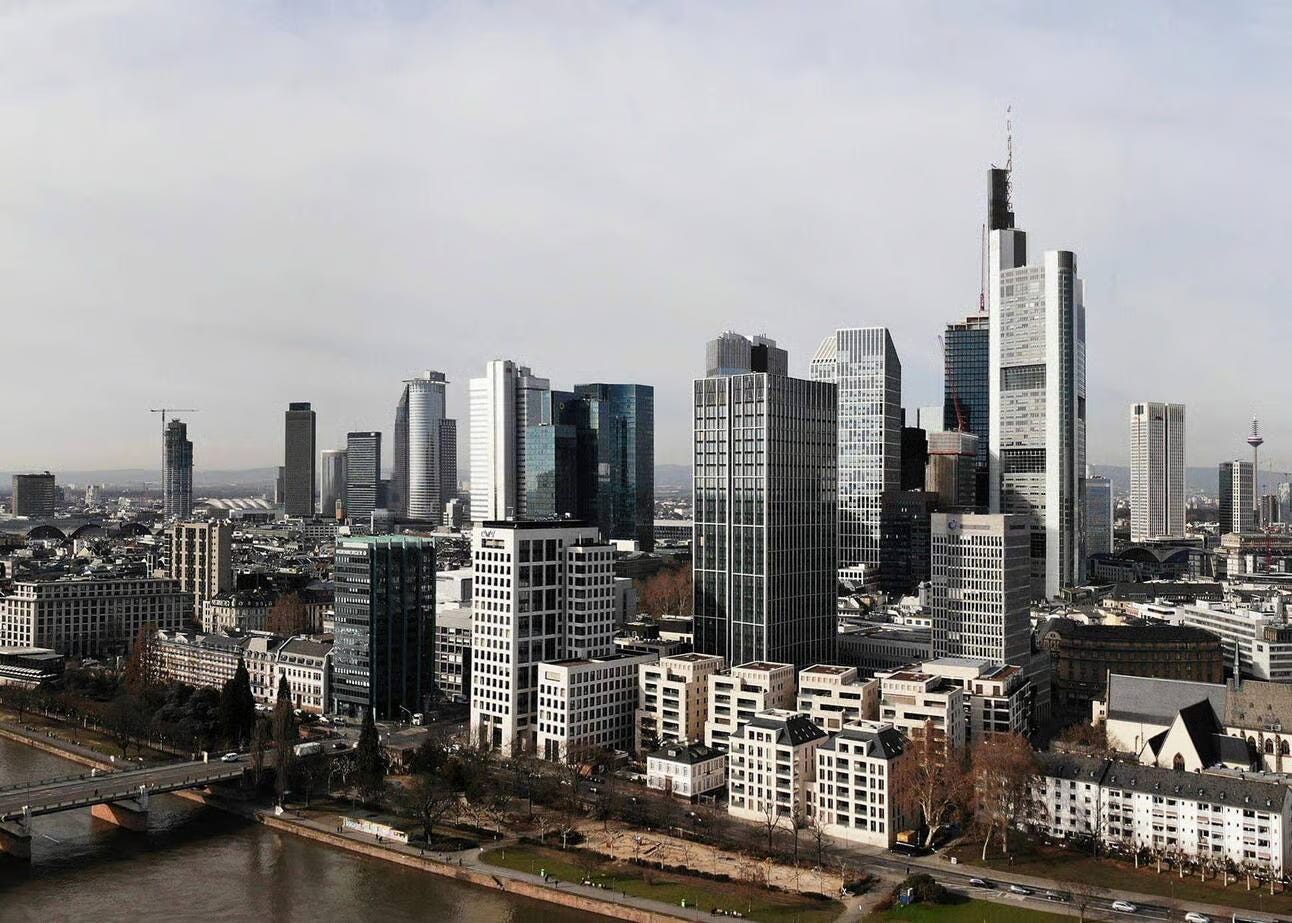
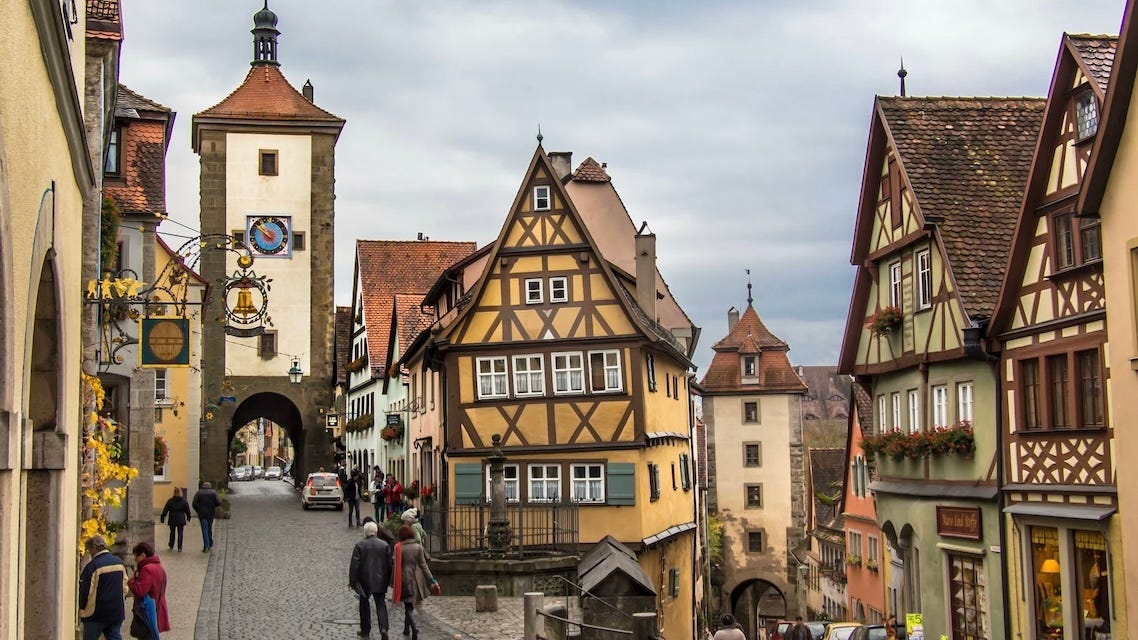
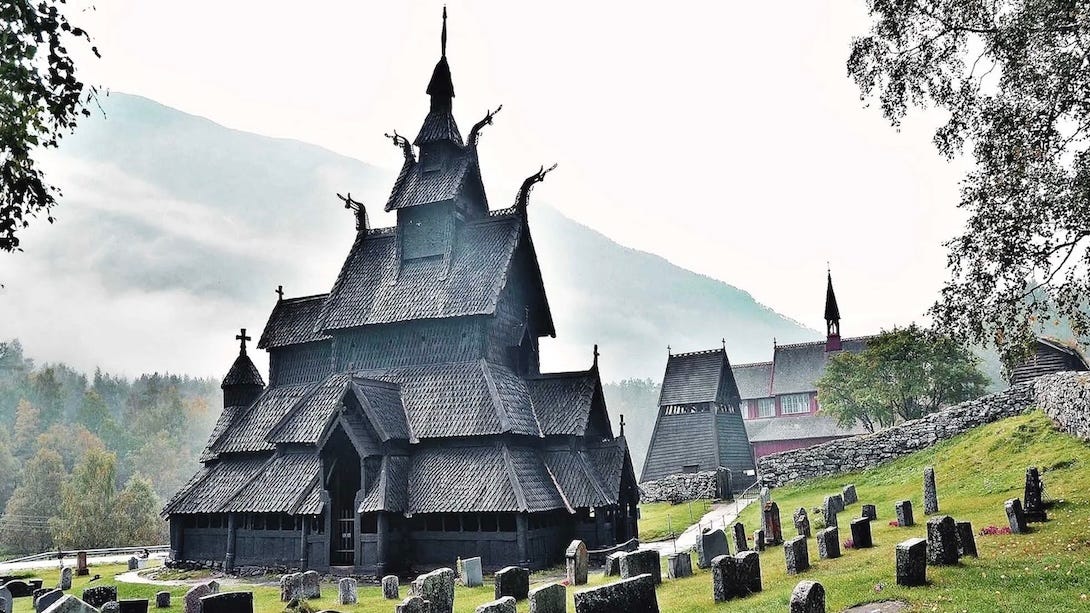
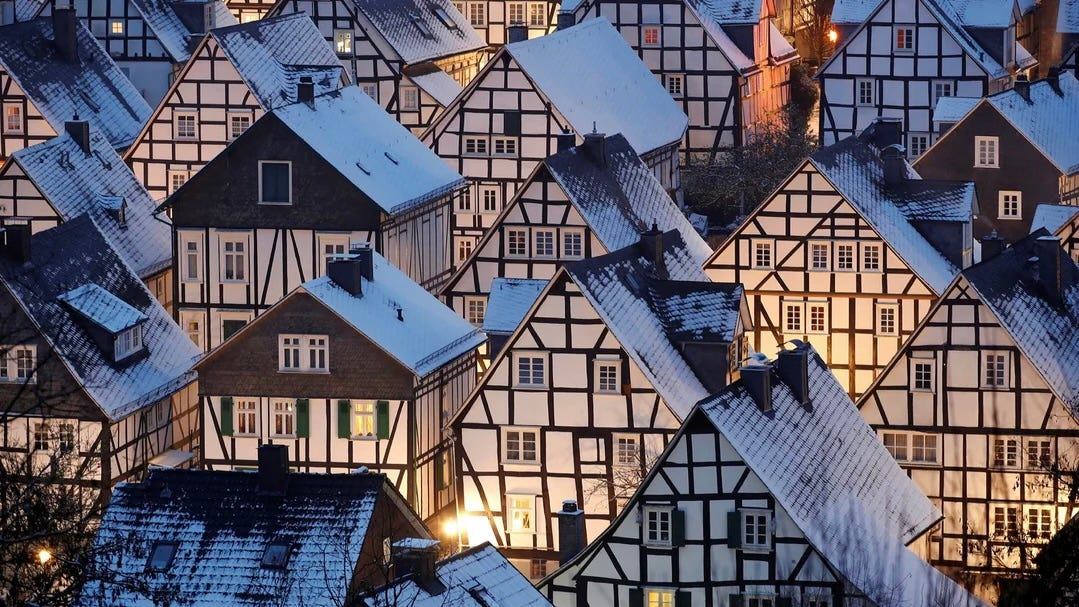
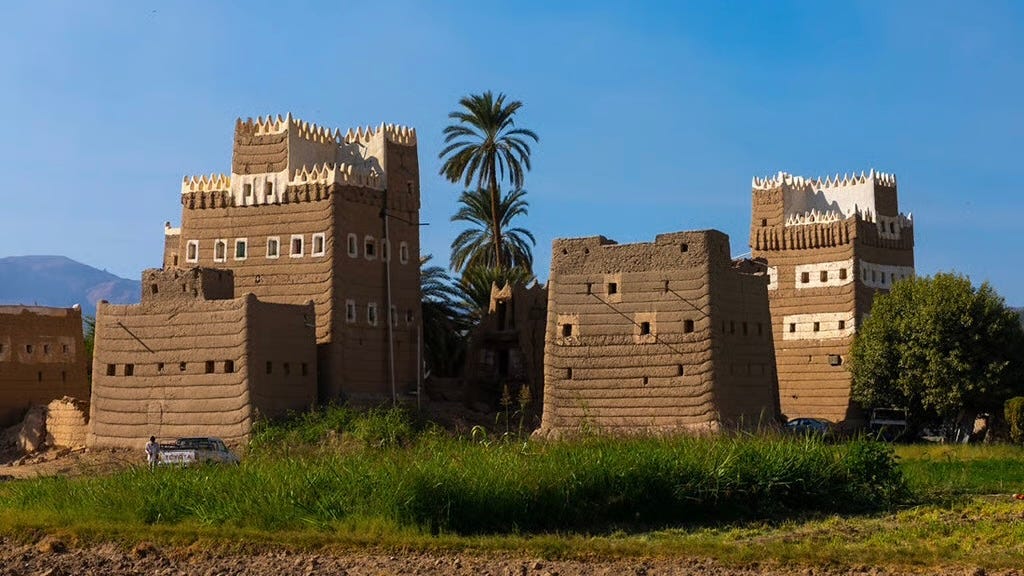
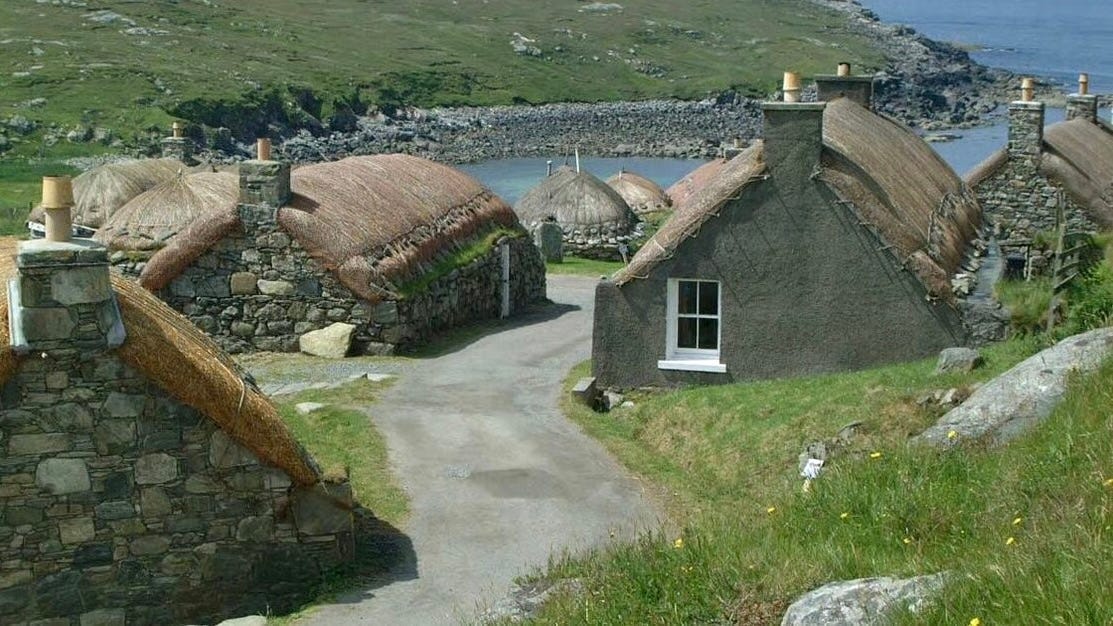
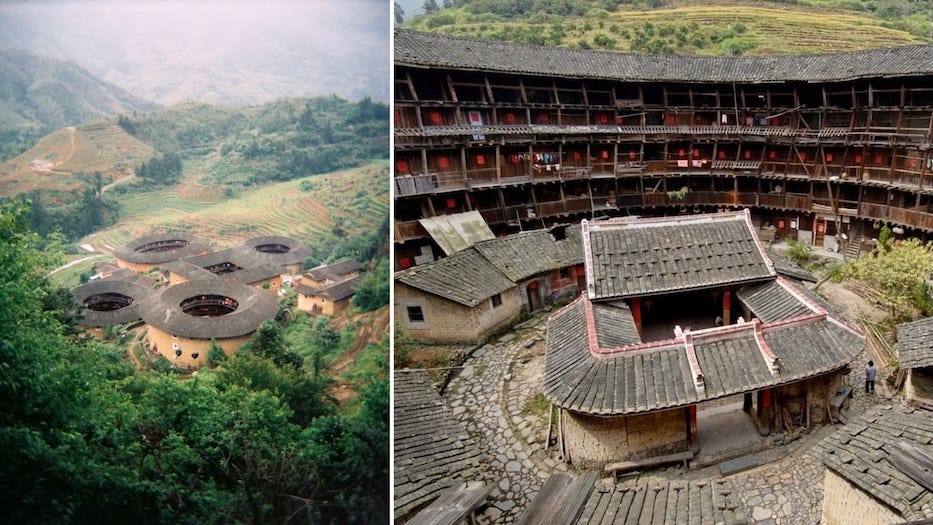
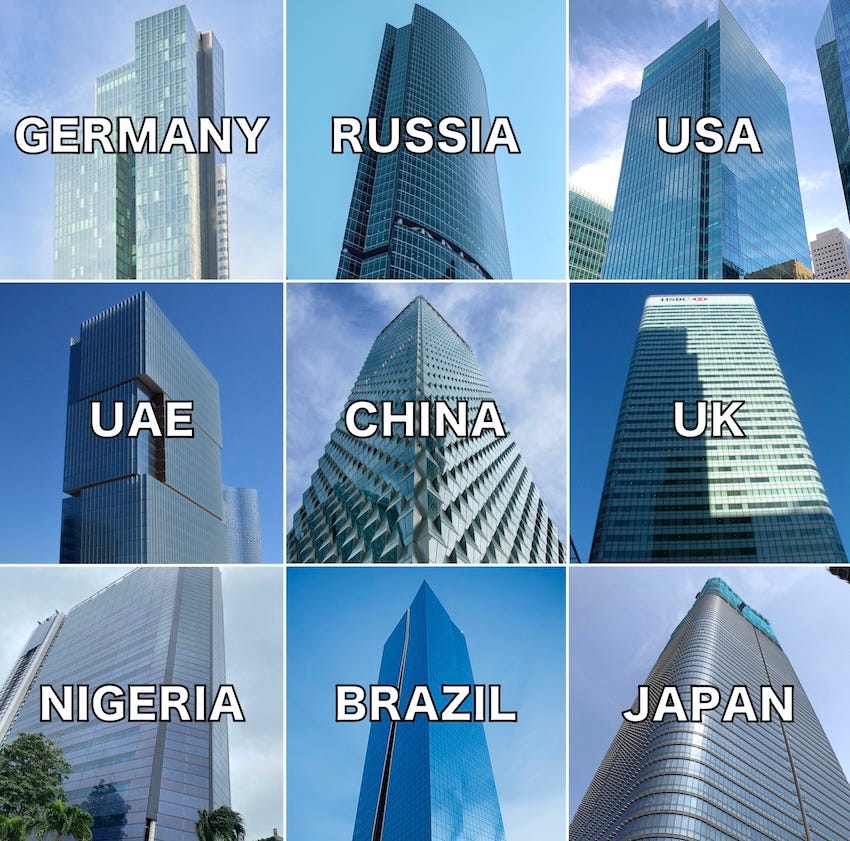
Yes, and in the United States, every traffic exit on a highway looks the same because of the same cookie-cutter shops and fast food places that are repeated everywhere you turn.
Fortunately, it's possible to avoid that kind of tedium in Europe. Individuality creates a soul of place, while uniformity destroys it.
Depressingly, the same is true of fashion in clothing, music, art, motor vehicle design, food, interiors, hairstyles, music, religion, law, appliances, social structures, road design, books, education, sport…
To such an extent, that travel is now largely pointless.
The big deception, a lie in fact, about ‘diversity’, is that it is actually about homogenenisation.
Thus each traditional culture is dissolved.
Traditional cultures evolved over centuries in relative isolation. Throwing them together dissolves them, too often creating social conflict.